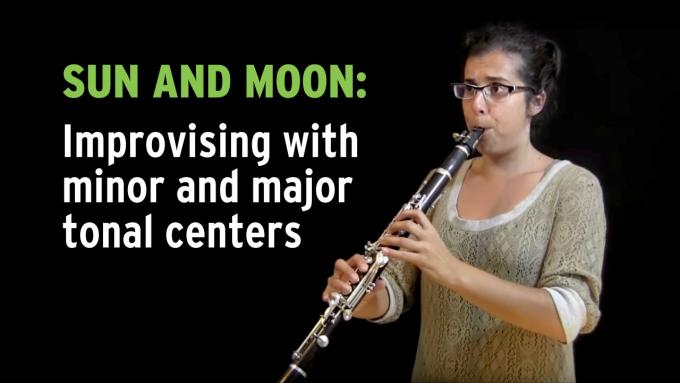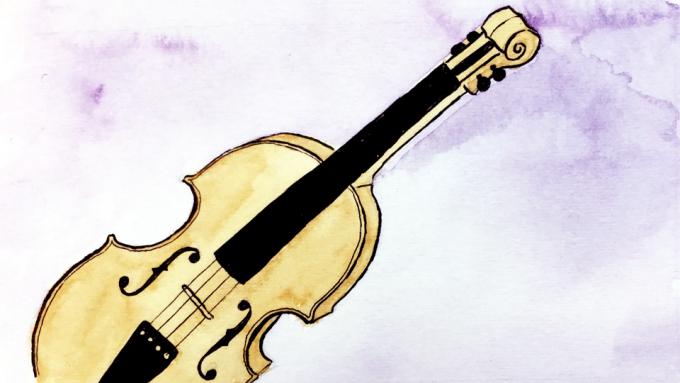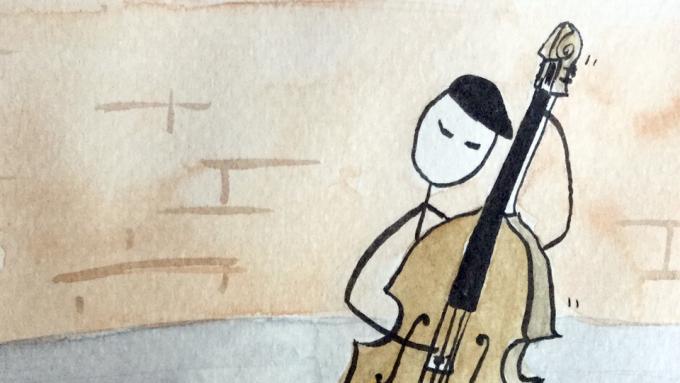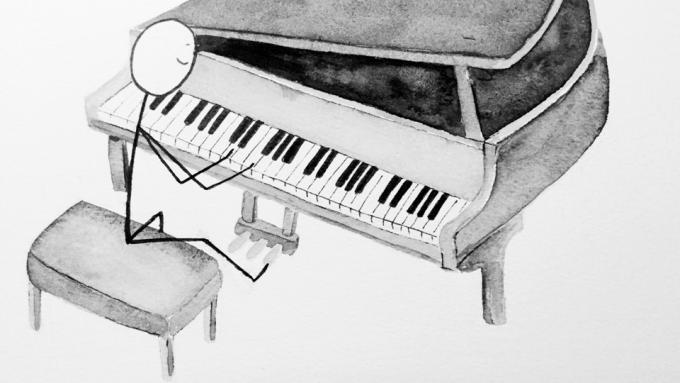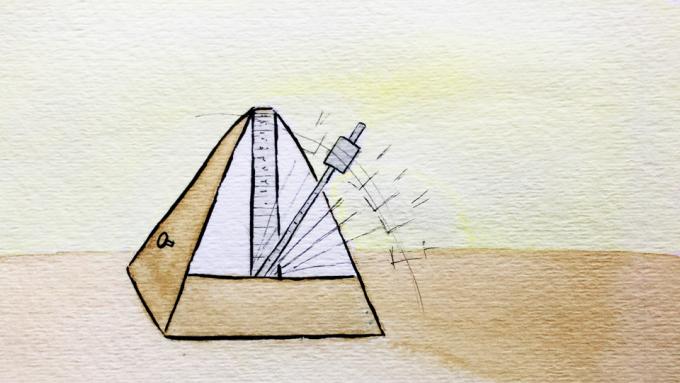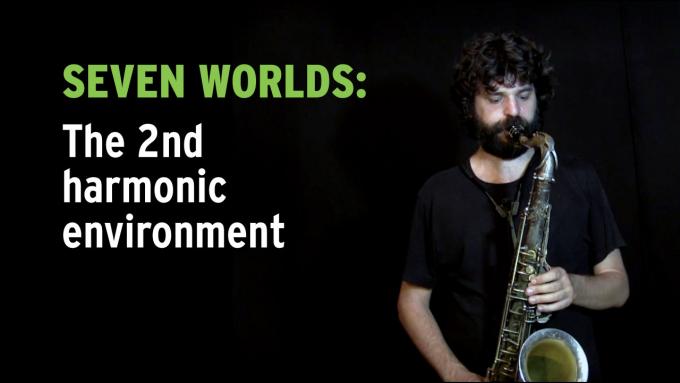In the IFR exercise Sun and Moon we explore the two most important harmonic environments in Western music, commonly referred to as "major" and "minor". Cristina Pérez demonstrates the exercise on the clarinet.
I have bought your learning materials and I am reading your e-book right now. For Exercise 1, I notice that there are special versions for guitar and bass. How about for violin? Should I use the version for guitar?
Can you explain how I should finger the Cloud exercise on an upright bass? Thanks!
I'm debating whether I should buy the IFR e-book or your video course "Seven Worlds for Guitar". Can you tell me what is included in each one, and what are the pros and cons of each?
In this lesson you'll learn to move around the piano keyboard by whole steps. When we combine this whole step movement with the half step movement that you mastered in the previous lesson, you can begin to create tonality and harmony directly on the piano keyboard.
This is an ear training practice video for Improvise for Real students who are studying the song Summertime from IFR Standards Workout 2. In this video we will explore not only the chord notes to this song but also some very beautiful melodic notes outside the chords.
One of the most common frustrations that all beginning improvisers experience is getting lost in the middle of a tune. In this video I'll give you three concrete strategies that you can follow to make sure this never happens to you again.
You may have heard that you need to understand a lot of music theory in order to improvise. But what if it's the other way around? That might sound confusing at first, but I believe that getting clear about this could potentially save you YEARS of frustration and wasted time.
I'm currently practicing the IFR exercise Seven Worlds and I'm not sure how much time I should spend in each harmonic environment before advancing to the next. Is there any guideline?
For IFR students practicing Exercise 2: Melody, this is a demonstration of the exercise Seven Worlds in the 2nd harmonic environment. Miguel 'Pintxo' Villar explores the harmonic environment on tenor sax.
